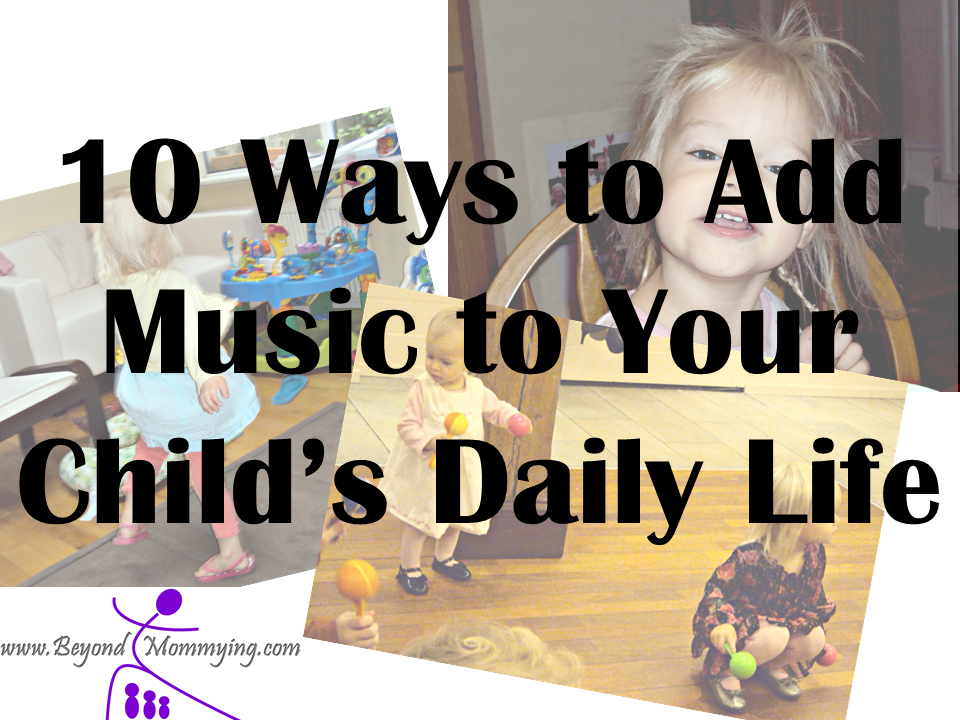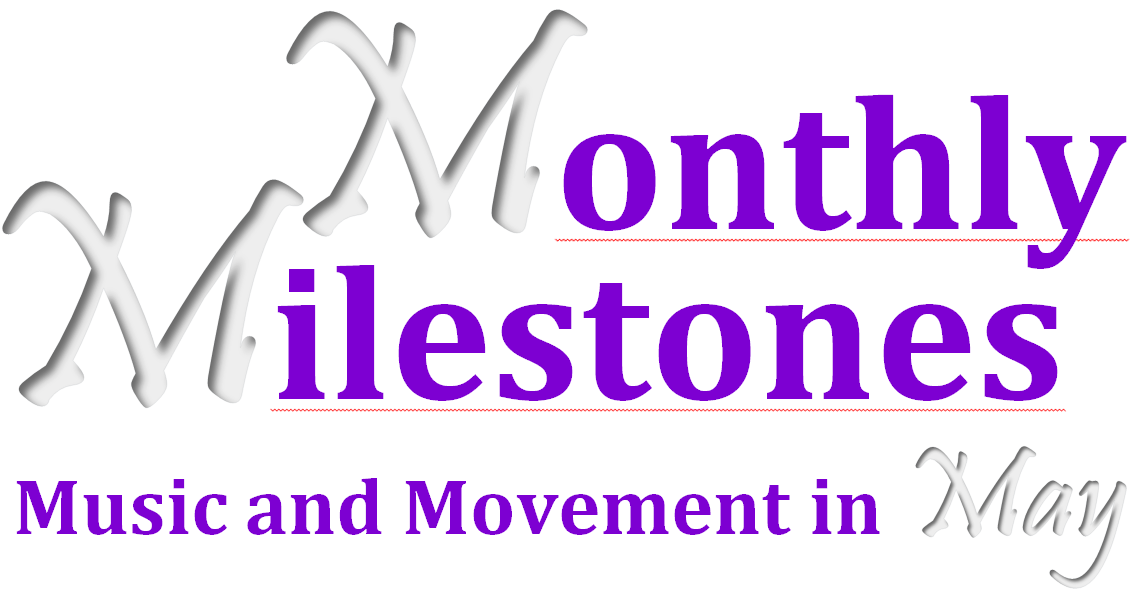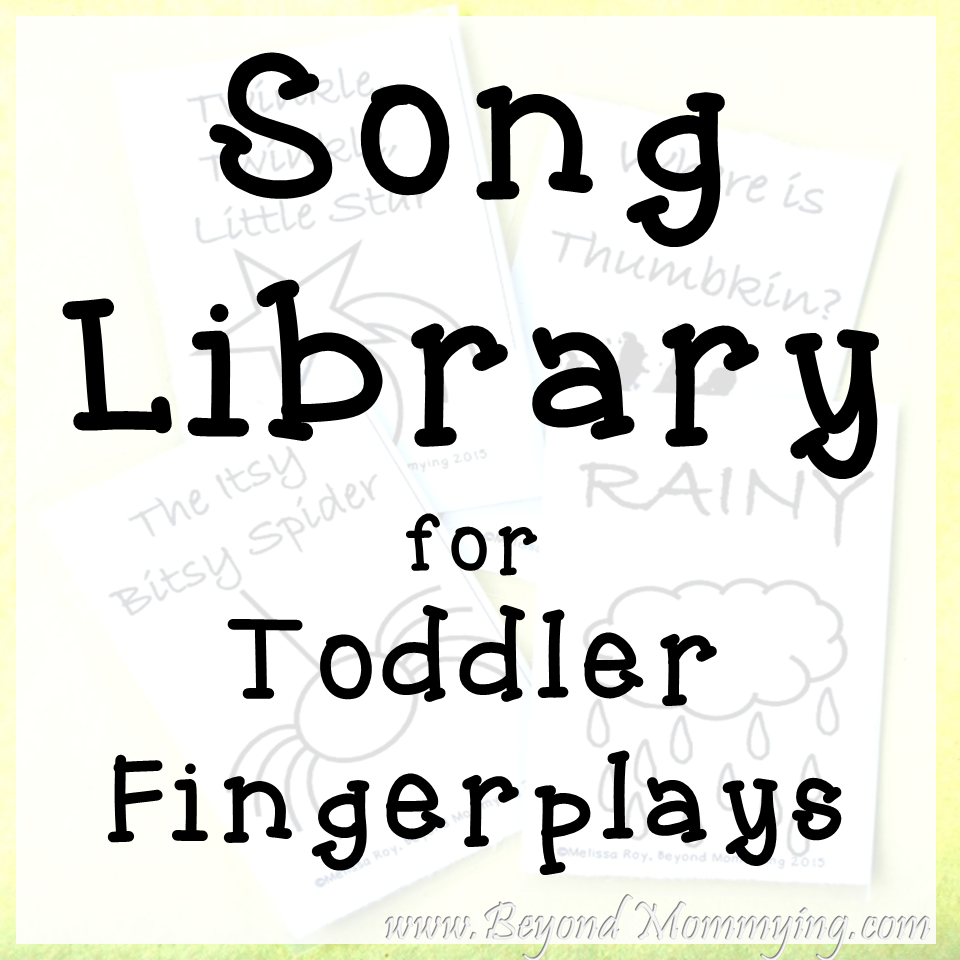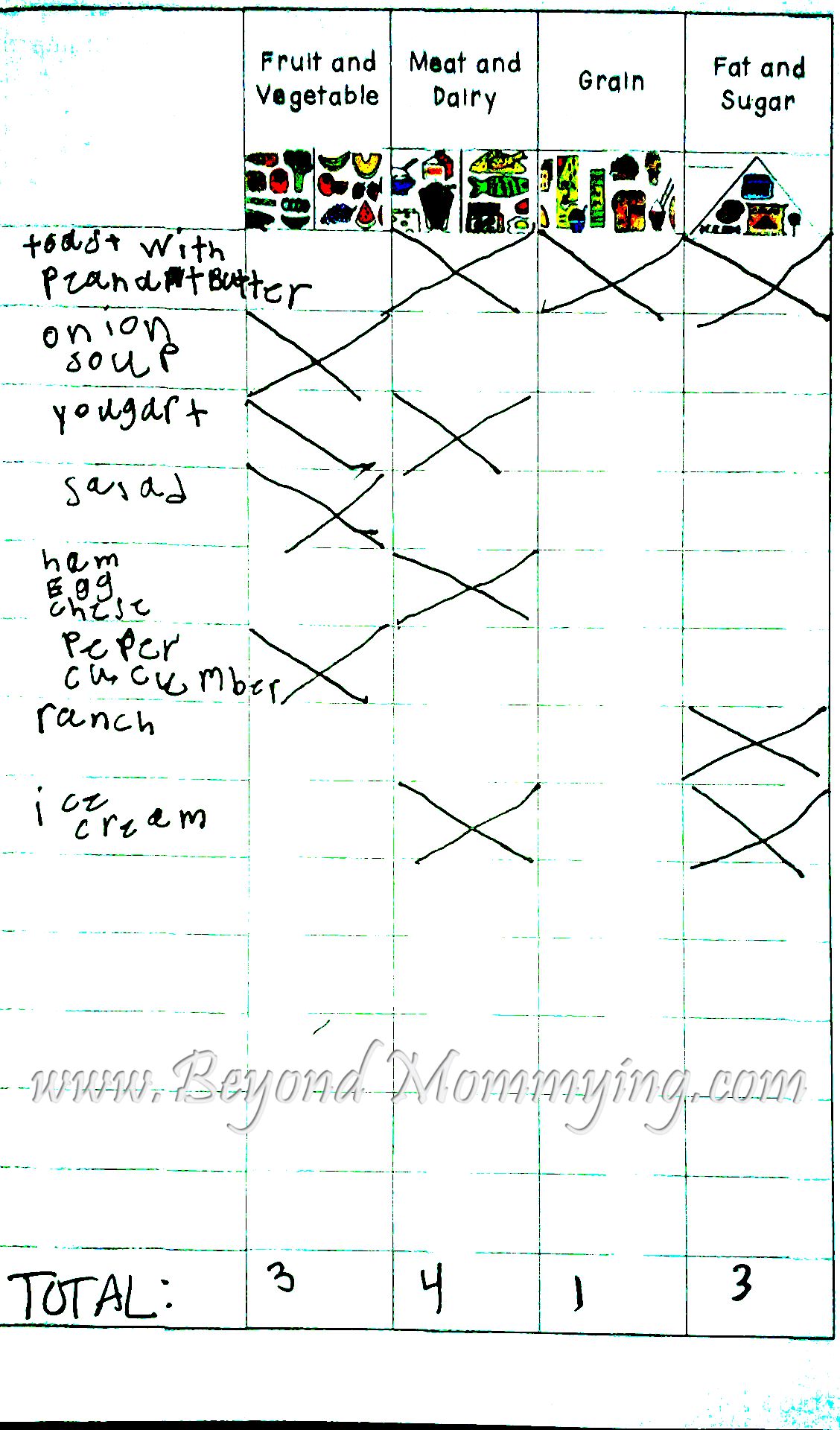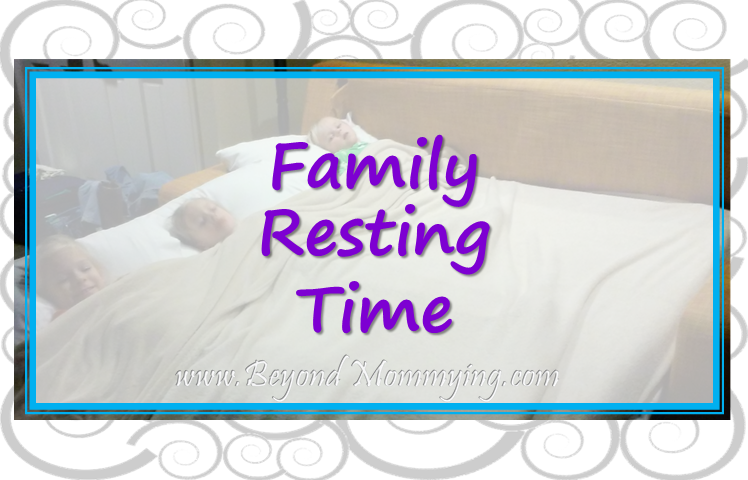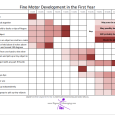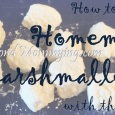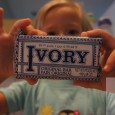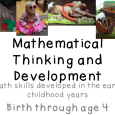I think most parents have heard at some point that exposure to music is important for a child’s developing brain. And whether you were the type of mommy that played Mozart for your fetus or you just enjoy a good tune, experiencing music is good for your baby and child’s brain and physical development.
Recent research has found that music affects the sensory, motor and affective parts of the brain, integrating the three systems. And while most have heard about the “Mozart Effect” and the belief that exposure to classical music makes kids smarter, there has also been recent research showing music understanding helps language development.
But this doesn’t mean you need to bathe your infant in classical music or run your toddler to nearest music class or sign your preschooler up for music lessons ASAP. Because while these things can certainly be beneficial, you can also easily expose your kids to music at home and throughout your regular routine.
Here are 10 ways to immerse your children in daily music:
- Make up and sing songs about everything you see and do. It might seem silly and be tricky at first, but the sing-songy tones help children remember things better and learn the nuances of language.
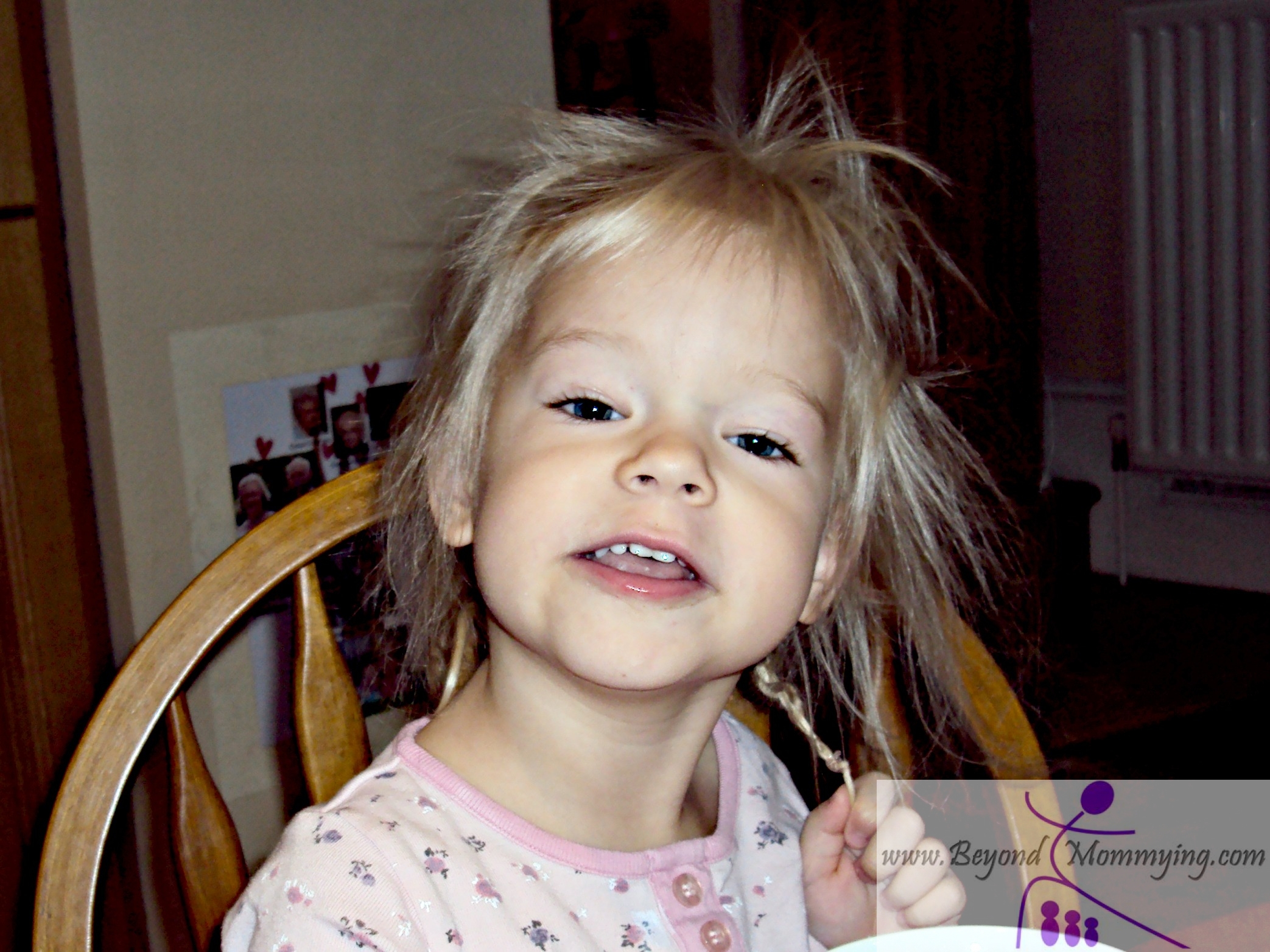
- Play music at clean up time. I like to put on upbeat music when it’s clean up time, the rhythms help move along the process and generally keep everyone on task better (and sometimes I use it as a timer: “You have 4 songs to get it done!”)
- Pick a soundtrack for the car. Familiar music can be calming so playing the same music often in the car can help calm down an upset baby or toddler (this worked well for me when Doodle and I took our solo road trip last year!)
- Make music. Every once in a while, grab your maracas or tambourine and make your own music (no instruments? Grab the pots and pans or a few spoons!)
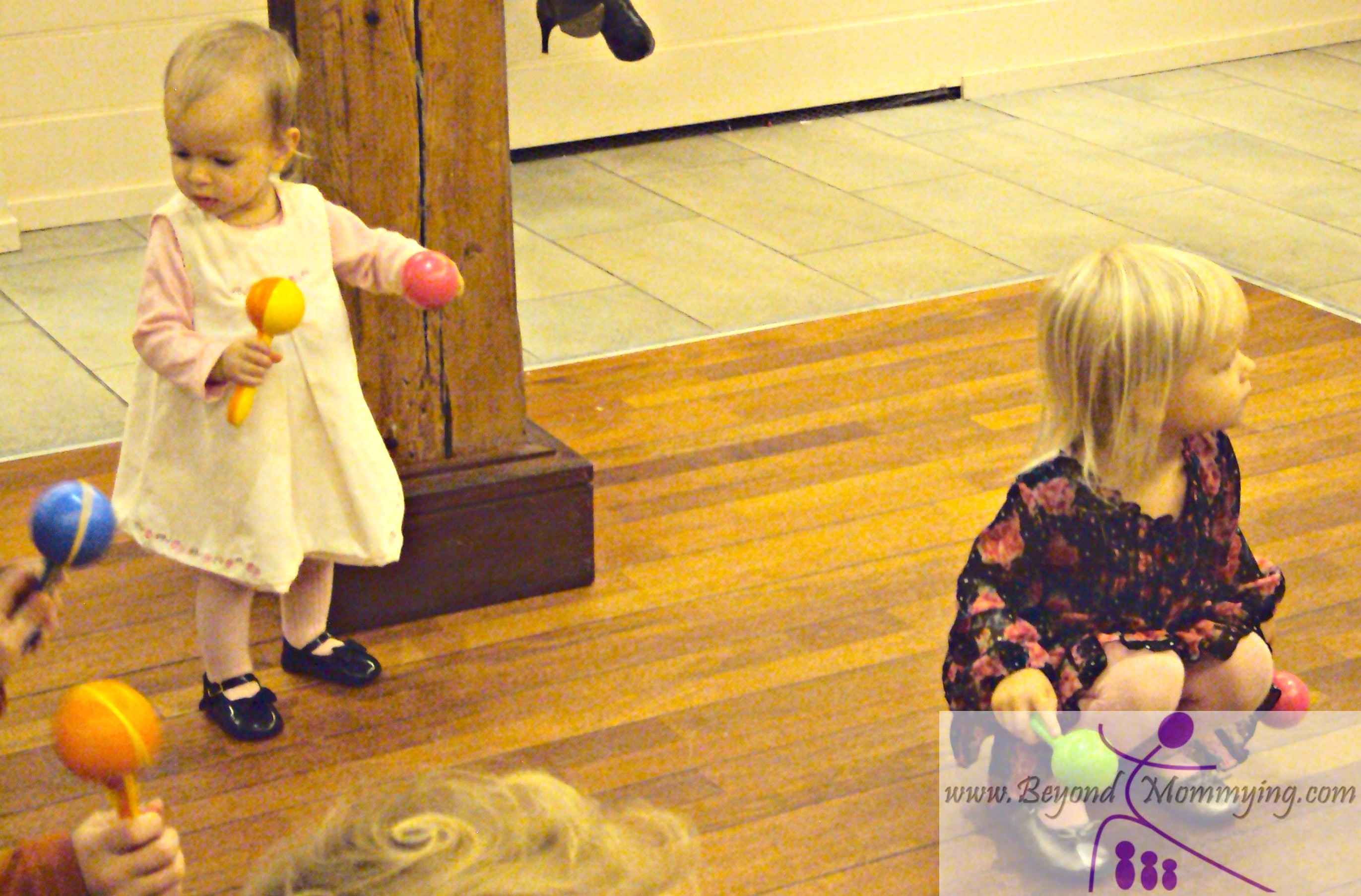
- Make Rhythms. Clap (or tap or stomp or bang) some basic rhythms (like 1–2–1-2-3) and see if your child can repeat them. Then with older kids, let him/her try to make some rhythms and see if you can repeat them.
- Sing in the shower. Well, have your kids sing in the shower/bath, garage, closet, outside… Experiencing the acoustics of different locations and hearing the echos or lack of is pretty cool for kids and creates more connections in their brains.
- Have a dance party. Put on your favorite tune and dance around for awhile. Try to match your movements to to the tone and rhythms of the music which will help not only motor skills but build those important brain connections mentioned above!
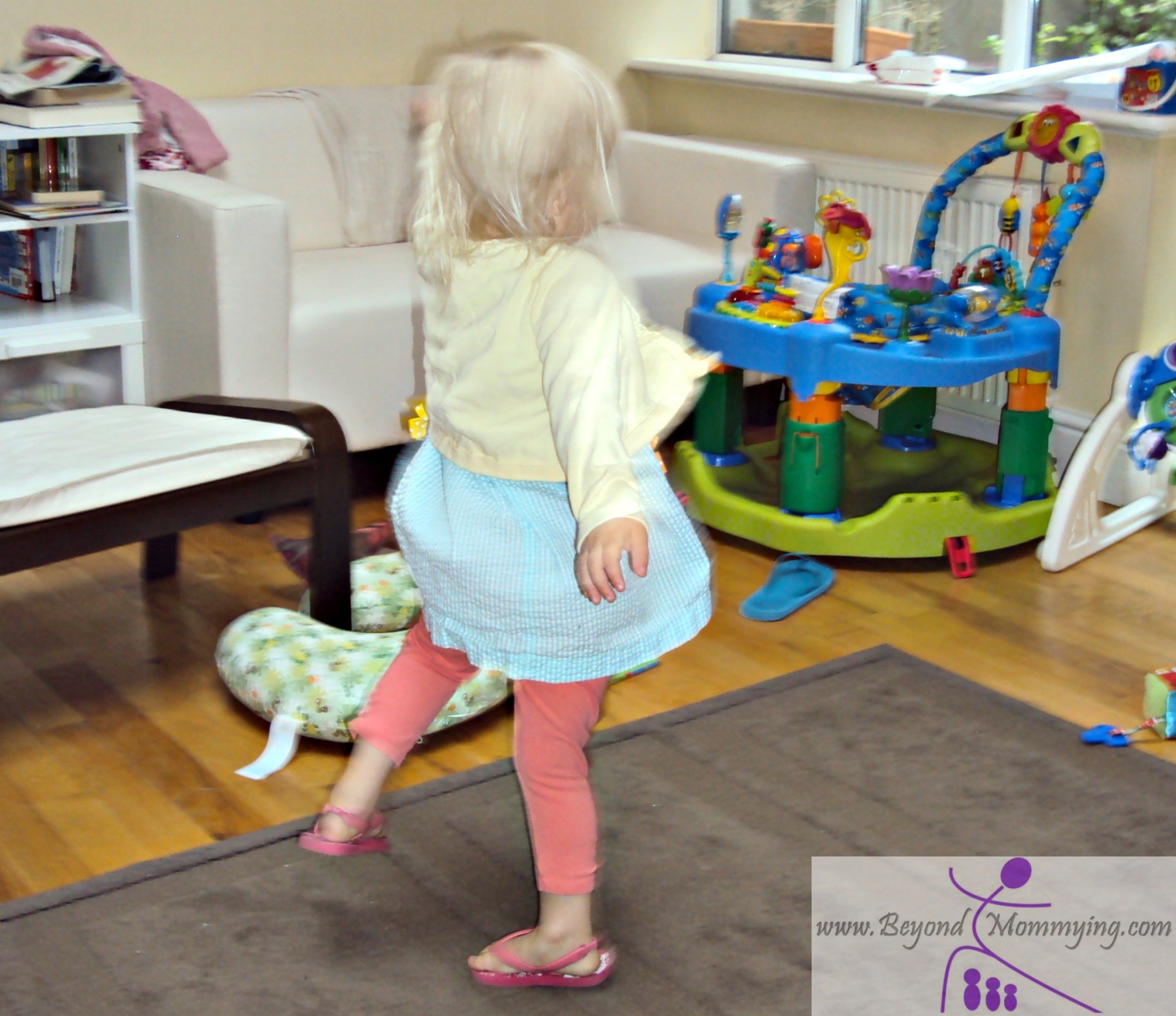
- Play with water. Fill a few glasses up with different levels of water and let your child (gently) tap them with a spoon to create different tones. See if they can make up a song with their water glass instruments.
- Whistle while you work. Or hum, either way, you’re integrating musical processes into whatever you’re doing and before you know it, you’ll hear your kids doing the same (such as Honeybun right now humming along as she does her morning journal and Sugarplum as she eats her breakfast!)
- Take turns picking music. Find out what each of you like by turning on Pandora or putting your MP3 player on shuffle. Change the songs and genres and explore each person’s preferences.
This post is part of my Music and Movement in May series, this month’s Monthly Milestone.

